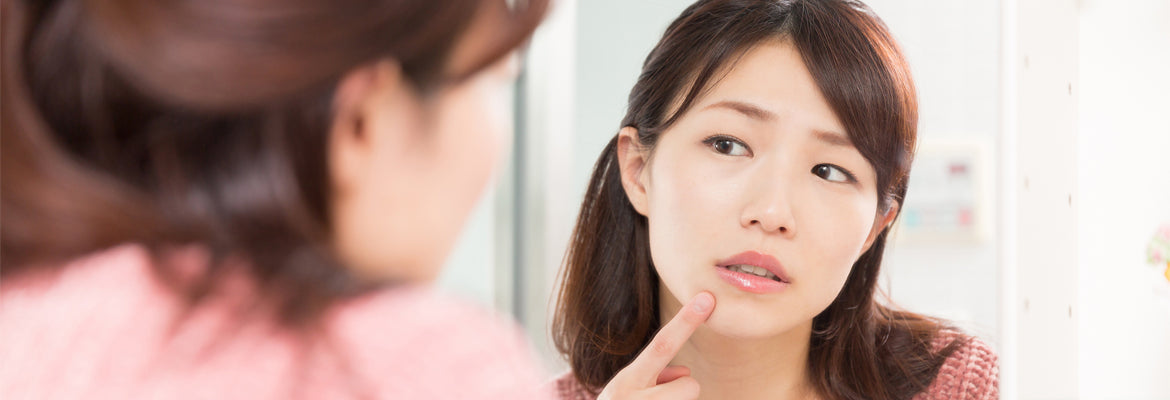All your acne questions, answered, by Dr. Frank Lista, MD., FRCSC.
WHAT ACTUALLY IS ACNE?
Acne occurs when the skin’s follicles more commonly referred to as pores, overproduce cells and become clogged. And when these pores become blocked, so too does the skin’s sebum (oil), which normally drains on the surface of the skin, through the follicle. When the oil cannot drain, bacteria begins to grow, and the follicle becomes inflamed and red, and that’s what we see as a breakout of acne. There are two different types of acne: 1) non-inflammatory acne, which materializes on the skin, in different levels of severity, from small blackheads and whiteheads to larger zits and pimples, and 2) inflammatory or cystic acne, which occurs when a lesion collapses or explodes and the surrounding skin becomes severely inflamed, sometimes additional follicles become subsumed.
AND WHY AM I, OF ALL PEOPLE, PRONE TO IT?!
Most people who experience acne do so because it’s genetic, but it may also be triggered by hormonal changes, which is why most teenagers experience acne. Women can experience acne during their menstrual periods, during pregnancy, as a result of going on the birth control, or when entering menopause (i.e. during times when there is a fluctuation in hormone levels). The use of steroids, because it affects hormone levels, can also lead to acne. Some studies show that those with a diet high in refined sugar might experience more acne than others. Increased levels of humidity and significant sweating might also cause follicles to become blocked more frequently, thus preventing the sebum from draining properly, which eventually results in a flare up of acne.
THERE ARE SO MANY PRODUCTS OUT THERE. WHAT DO I USE ON MY SKIN? WHAT WORKS?
The best way to treat non-inflammatory acne is to cleanse daily once in the morning, and once at night with a gentle, high quality, active cleanser. An excellent cleanser might include sugar cane extract (a natural source of Alpha Hydroxy Acid) which will help to exfoliate dead skin cells, as well as some kind of antibacterial ingredient, like orange extract both of which are found in Miracle 10’s Cleanser II. Effective cleansing will help to keep pores clear, thus allowing the sebum to drain.
The second approach we can take in treating acne is to decrease sebum production, to essentially dry the acne out. We do this with Salicylic Acid, which is of the Beta Hydroxy Acid family, meaning that it is fat soluble. Salicylic Acid helps to reduce sebum production at the same time as it exfoliates the skin, allowing existing sebum to exit through the pore. Salicylic acid is found in many toners and solutions (including Miracle 10’s Solution I and Solution II). A really comprehensive skincare program will also include natural anti-inflammatories ヨ helping to decrease the swelling and redness that accompanies acne ヨ Witch Hazel, grape seed and orange extract, as well as Allantoin and Aloe Vera are some key ingredients to look for in any skin care line.
A retinol based product will decrease sebum production and mitigate inflammation. The majority of our acne-prone clients will be on either Retinol Treatment 30 or Retinol Treatment 60 as it is extremely effective in controlling acne.
WHAT ARE THE BIGGEST MYTHS ABOUT ACNE?
Although anecdotally food does appear to make a difference, most studies have not been able to show that the ingestion of certain foods causes acne.
IF YOU HAVE ACNE, DO YOU HAVE IT FOR LIFE?
Not necessarily. If your skin generally tends to be oily, then it is likely to be that way for the majority of your life but its severity is subject to change, i.e. you may have experienced acne during puberty, which got better in your 20s and 30s, only to return during pregnancy. If you were born with dry skin, it’s unlikely that your skin will become oily overtime. However, many different factors can affect the quality of your skin such as hormonal changes, medication use, sun exposure, and norming aging.

